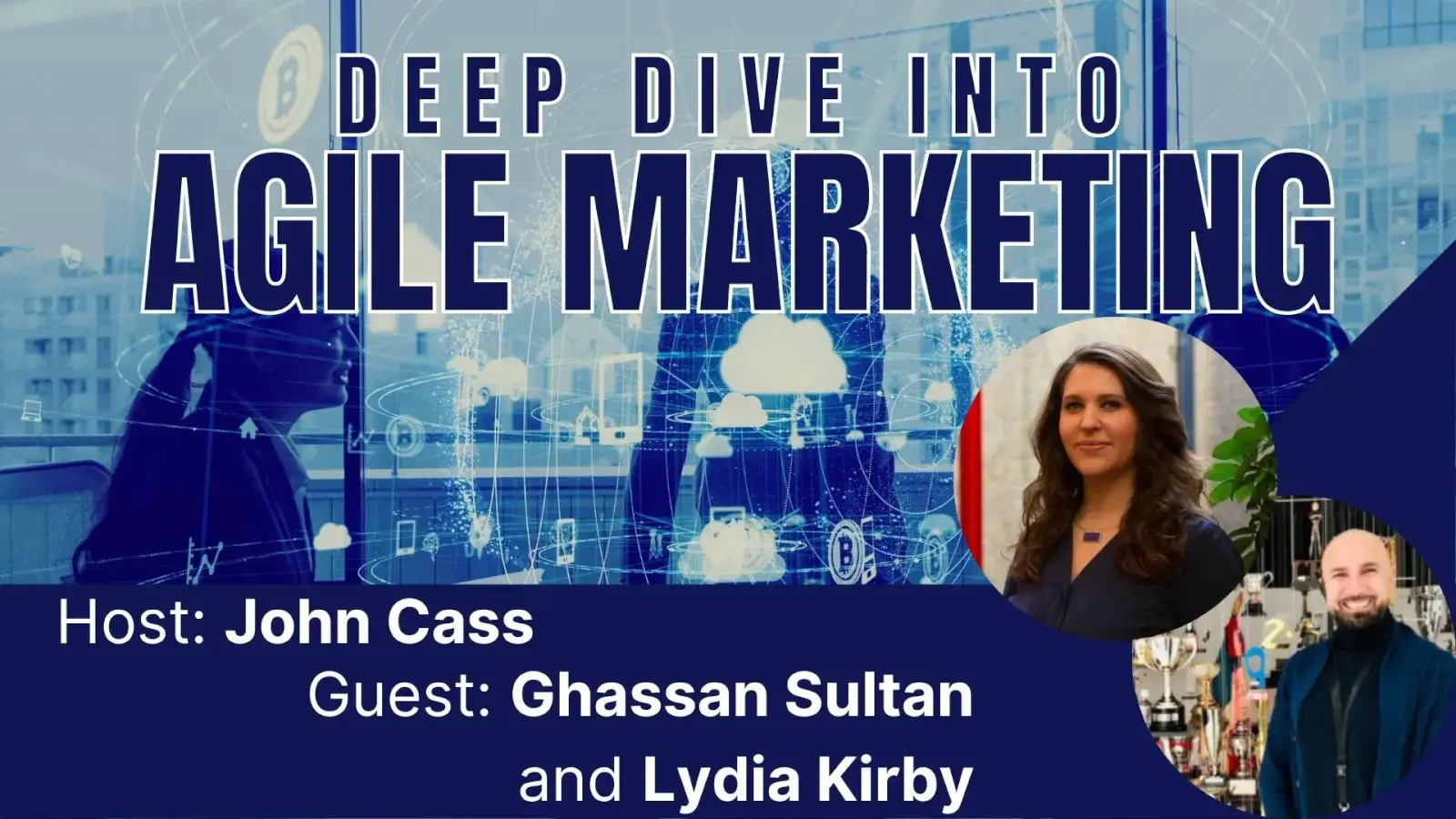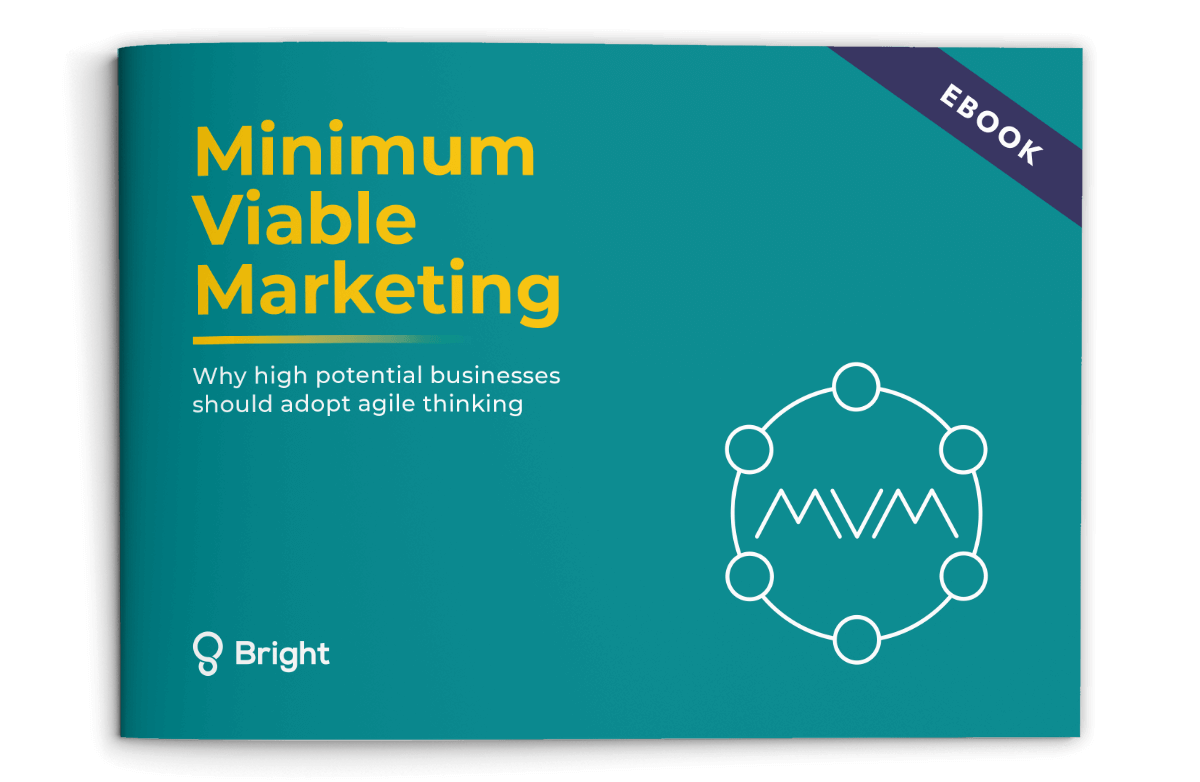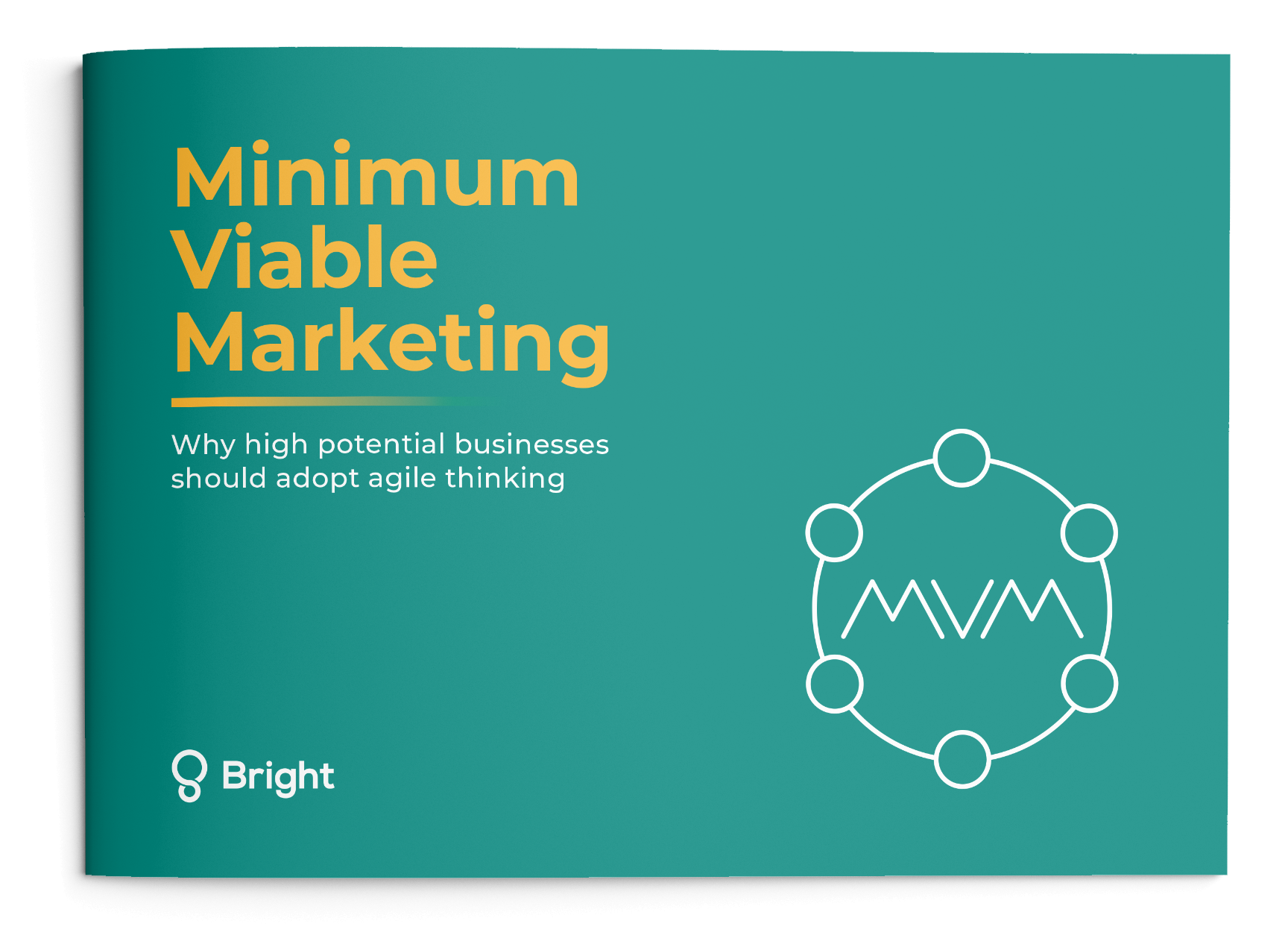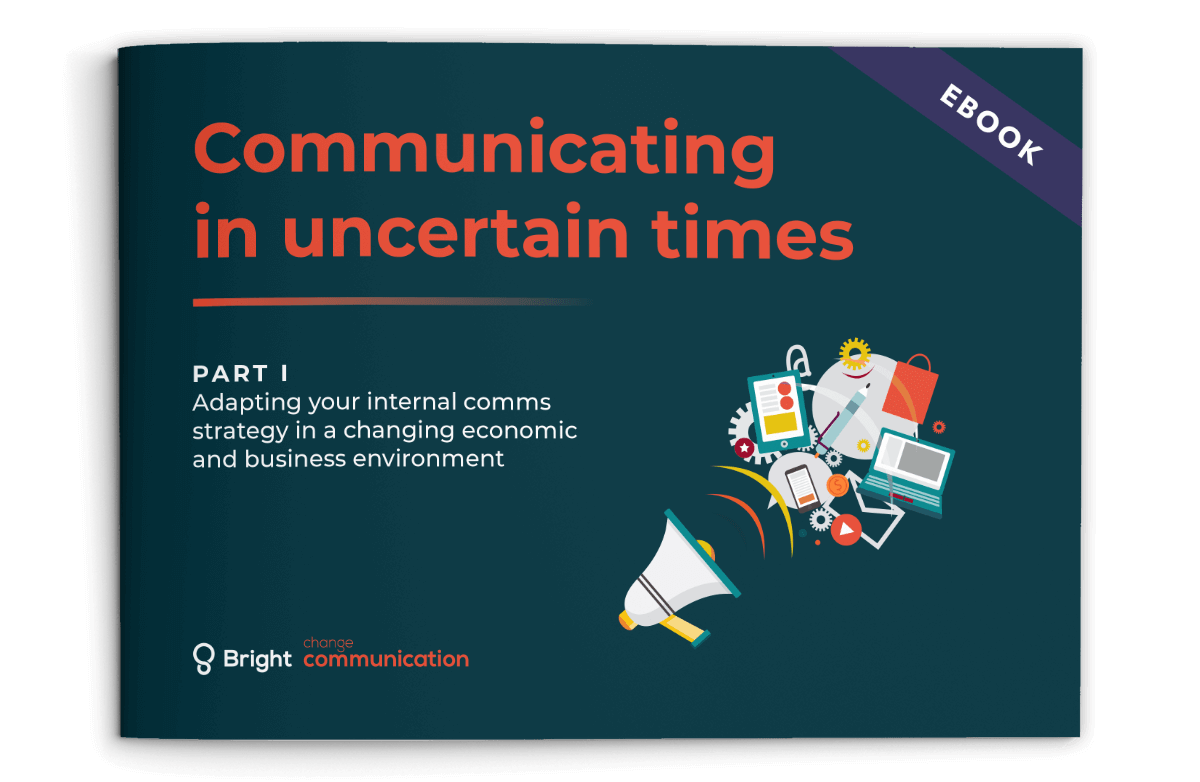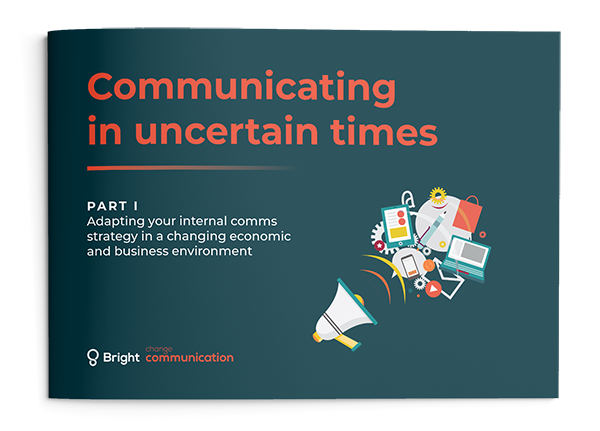My daughter asks me on a fairly regular basis what it is that ‘mummy does’. I don’t think I have ever come up with a satisfactory answer (evidenced by the fact that she keeps asking!). It got me thinking about whether it was possible to boil what we do at Bright as a B2B marketing consultancy into a few words that she would understand, and eventually I came up with this:
We help organisations find people who want to buy from them, work for them or get to know them.
What is it that we do?
Trying to work how you might explain what your organisation does to an eight year old is actually a very worthwhile exercise.
At Bright, we’re all about agile marketing, pace and simplicity, so finding a fast, simple way of explaining what we do is an important part of our own marketing.
It also served another, equally useful, purpose however in that it got me thinking about what it is that organisations want from marketing today and what it is that we do that makes our services valuable.
The three pillars of marketing
For the modern high growth organisation there are three key pillars of marketing that rely on each other, work together and combine to create an effective B2B marketing strategy – demand generation, talent acquisition/retention and brand building.
Demand
The first element of the modern B2B marketing mix is demand. Generating leads for a company’s products and services is what most people think of if you ask them to define what marketing is.
It sounds simple and in some regards it is – find people that want to buy what we sell and convince them to buy it from us. Of course it isn’t that simple, especially not for intangible, complex and expensive products or services.
As well as finding people who might want to buy now, you also have to find people who might want to buy later. And even people who don’t know that they want to buy anything at all but who may decide that they do after they have seen what you sell and how it fixes a problem they are experiencing.
A short-term approach to creating demand creates significant problems. A pipeline that is either too full or too empty; a focus on the tactical rather than the strategic and the problems associated with having to start from scratch every time the pipeline empties.
Generating demand requires consistency and a longer-term view that ensures that you are finding, developing and nurturing a community of interesting people who will drop into your pipeline over time.
It requires the ability to know not only who these people are but what they like and how best to reach them – and a constant stream of activity focused on identifying new people to add to this community.
Talent
The second element of a successful B2B marketing strategy is talent. In the technology industry where we operate, finding good talent is a big problem for many companies.
Talent and demand have a symbiotic relationship. Success in one area will usually mean that focus switches to the other. Companies are constantly trying to balance work and resourcing the right people to ensure they have just the right amount of both.
The problems are being exacerbated by the fact that the old methods of finding and keeping good people no longer work as effectively. Again this is a particular issue in the tech sector where much of the talent is part of a generation who operate almost entirely digitally.
They don’t engage with the media in the same way that they used to; the traditional recruitment consultancies don’t understand their skillsets so they can’t find or place them effectively (and most businesses want to avoid agency fees anyway if they can help it).
Organisations therefore have to look at new ways to find and connect with prospective employees and to build a community that they can draw from when they need to.
Brand and position
As the third pillar of marketing, the word brand means different things to different people. Broadly speaking brand marketing is the activity that you do to build profile and positioning in the market.
Brand work is often the hardest to quantify and notoriously difficult to set effective metrics around but it is an essential part of the marketing programme. Brand sets expectation. Expectation around service, products and ethos. Companies like Apple, Virgin and John Lewis are examples of companies that know brand and market position is king.
The hard thing about brand marketing is working out what is valuable and what isn’t.
Marketing consultancies have made millions out of confusion on this and the belief (erroneous belief) that there is no point trying to measure success.
So what is good brand marketing? It is different things to different people but fundamentally it is the communication of who you are not what you sell. More often than not, the reason for failure is that companies don’t know who they are or are trying to be something they are not.
At Bright we believe that these three pillars should be the foundation of every B2B marketing plan.
You can dial each one up or down but the reality is that you have to ensure that they are harmoniously working together.
If you ignore talent to focus on demand, you may win business but how will you retain it? If you focus on demand and ignore brand then you will find it far harder to drive sales because there will be no existing relationship between your company and your target audience. For any one element to be successful, it cannot happen in isolation.
We have a motto at Bright: Demand, Talent, Brand and Growth. If you get the first three right then the fourth follows.







